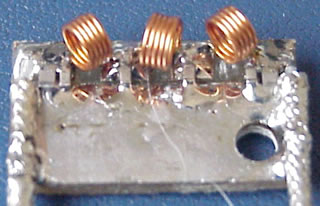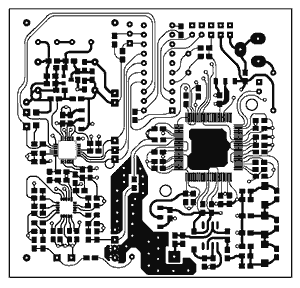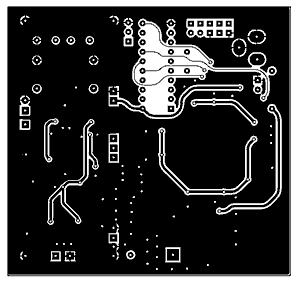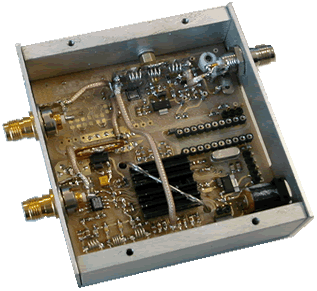 |
||||||||||||||||||||||||||||||||||||||||
|
||||||||||||||||||||||||||||||||||||||||
A SIGNAL SOURCE IS THE FIRST STEP... ...
All the other members in this family, like AD9850/51, 52/53, have a sourcing current DAC. Only the AD9858 uses a sinking current DAC, this is an important issue in application. For a sourcing current DAC, the user connects the loading resistor to AGND. But for a sinking current DAC, the user should connect the loading resistor to AVDD. There are two places in the datasheet mention that design point, but none is direct. You will find the following parameters in the datasheet:
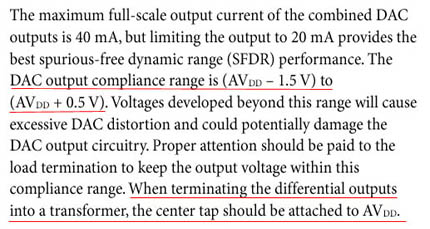 |
||
|
Also,
this paragraph mentions the terminating using transformer but does
not describe single end usage. Unfortunately, there is neither a
typical application circuit included in this document, nor evaluation
board schematic available on the web. So user may feel strange when
they connect the output stage as same as the AD9852's, but it does
not work.
|
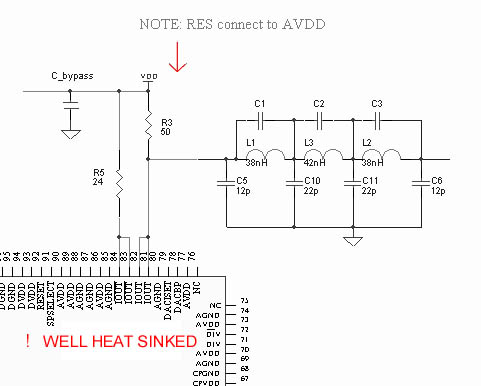 |
The second issue is also showed in the left diagram. This IC should
be WELL HEAT SINKED! When operating under 2GHz, this IC produces
high temperature. It's dangerous if the PCB design is not optimized
or the IC's substrate metal is not well soldered to the PCB. Dissipating
2W of heat through PCB VIAs and GROUND PLANE sometimes sounds not
practical. So it's necessary to add extra heat sink on the top of
the IC. So we think it's better to hint the user in the datasheet.
|
| We feed the AD9858 with a 1G synthesized source. The chip we use here is LMX2532 from National Semiconductor, and it's well suited for this job. The frequency range of this IC is 1052MHz to 1077MHz. We set the default frequency to 1,073,741,824Hz, which is 0.25 x 2 ^ 32, so we can set tuning step at 0.25Hz. But a 0.25Hz tuning step is not practical at all, unless you got a ATOMIC clock reference. | 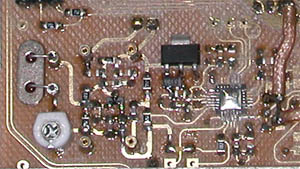 |
 |
This is the PLL output frequency we measured at the reference output after 5 minutes. And you can see that the frequency drifts to 1,073,741,050Hz. The crystal we use has a temperature coefficient of about -1ppm, and that will cause large drift at 1GHz. |
| TIPS: | To get the best performance of LMX2532, both digital and analog power supply should be well regulated and filtered. Here we use an AS1117 to get 3.3V from 5.0V main voltage. The bypass capacitors consist of some 1uF,1nF and 100pF chip caps. They are placed as near as posible to the PLL IC. |
| Here is another key issue, the output filter. Analog Device calls it a "construction filter", and my DSP friends call it an "anti aliasing filter". Anyway, whatever it's called, it is DO important. For a DDS IC operating under such a high frequency, the output spectrum consists of harmonics, aliasing, and clock feed through. | 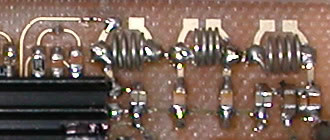 |
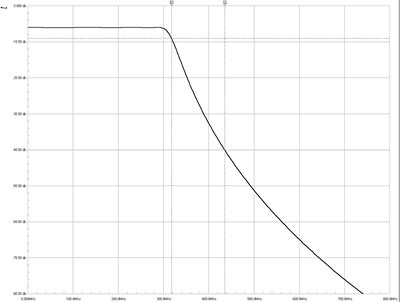
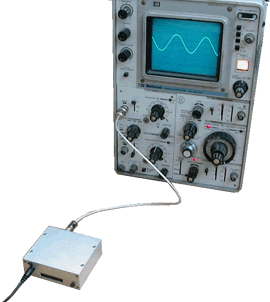
| Some TIPS: For most RF project, the inter-connection between differents functional blocks is done with RF shielding cable. For better performance, a double-shielding low-loss Teflon cable is prefered. |
| OK, up to now, nearly everything has been done. Except the control unit. In fact, the control unit is also important, because we always use this signal source as track-gen of a SA. So this "slave" must understand what the "master" want it to do. |
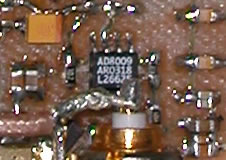
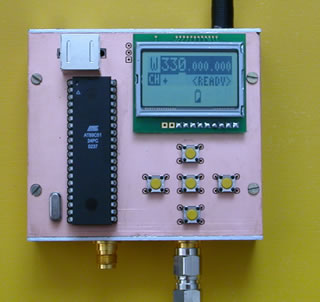
|
Here is what it looks like. It consists of: A: A graphical LCD display B: Five-key keyboard C: A SPI serial interface |
|
The graphical LCD displays the frequency, sweep mode and modulation mode etc. The five keys are: Left_shift,Mode,Right_shift,Inc and Dec. In fact, it's more convinient to use a ten-number keyboard together with a rotary encoder. |
| Although we don't use it as an instrument, we also need to do a thurough test of the performance. |
| First, we measure the output amplititude and amp/frequency flatness. |
| For main A output, the average output is -2dB+/- 0.3dB, there is a little attenuation at the high frequency range around 500 MHz, which is caused by the FR4 PCB's material loss. |

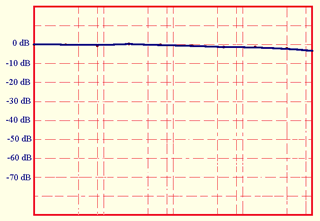

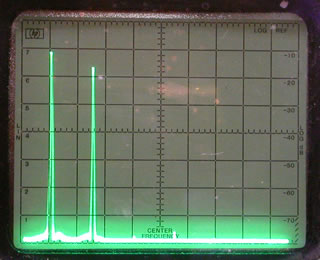
|
Also we need to know the SFDR (Spurious Free Dynamic Range). To implement that measurement we use a HP85?? spectrum analizer. For output main A, the wide band SFDR is no worse than -45dBc for full frequency range from 10Hz to 500MHz. For frequency below 180MHz and above 300MHz, the SFDR is better than -55dBc. For outputmain B, the SFDR is quite similar to main A, because we limit the maximum frequency below 120MHz. Further more, if you use complementary power supply of +/- 5V for the AD8009, the result could be even better. |
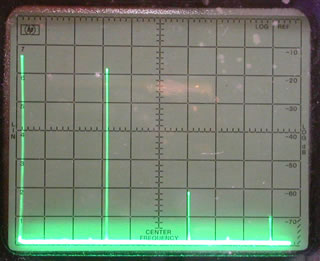

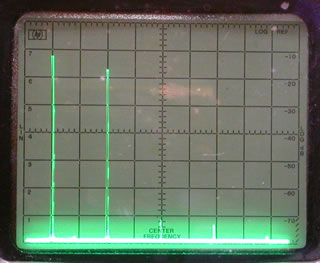
|
Note that the AD8009 produces significant 2nd and 3rd order harmonics. * In all the figures, the left vertical line is the 0Hz reference. * For main B output, the signal is attenuated by 20dB before fed into the Spectrum analizer. |
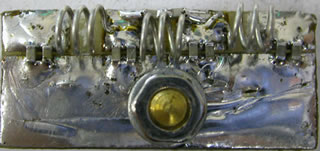
Figure 3: -2dBm,100MHz Main A output.... ...(50M/div,10dB/div,300KHz band width)
